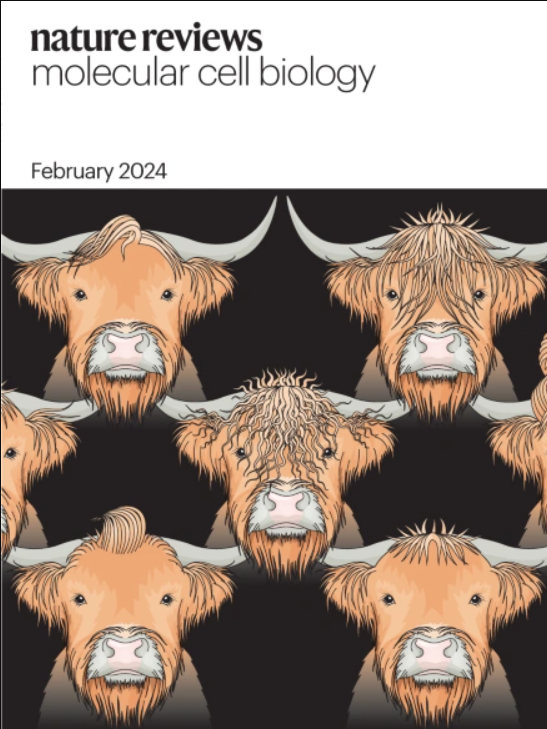体内和体外心脏发生的协调性。
IF 90.2
1区 生物学
Q1 CELL BIOLOGY
引用次数: 0
摘要
心脏的发育在解剖学、细胞和分子水平上得到了广泛的探讨。然而,组织组织、细胞谱系和分子因素之间复杂的相互作用,协调心脏发育,最终形成一个无缝同步的功能心脏,仍然具有挑战性的研究。在体内使用动物模型和体外干细胞衍生系统进行的机制研究旨在揭示这种复杂性。在这篇综述中,我们讨论了最近在成像和基因组学方面的技术进步,以及下一代心脏类器官模型的发展,如何为这些过程提供深刻的见解,对先天性或获得性心脏病的新疗法的发展具有重要意义。我们讨论了心脏作为第一个功能器官的发展-从中胚层、心管和心腔的形态发生到初始心跳和起搏器的建立,并进一步讨论了形态发生和功能如何协同推动心脏成熟。本文章由计算机程序翻译,如有差异,请以英文原文为准。
Coordination of cardiogenesis in vivo and in vitro.
Heart development has been extensively explored on the anatomical, cellular and molecular levels. Yet, the intricate interplay of tissue organization, cellular lineages and molecular factors that orchestrate heart development, culminating in forming a seamlessly synchronized functional heart, remains challenging to investigate. Mechanistic studies conducted both in vivo using animal models and in vitro stem-cell-derived systems aim to unravel this complexity. In this Review, we discuss how the recent surge in technological advancements in imaging and genomics, coupled with the evolution of next-generation cardiac organoid models, has provided profound insights into these processes, holding significant implications for the development of novel therapies for congenital or acquired heart diseases. We discuss the development of the heart as the first functional organ - from the morphogenesis of the mesoderm, heart tube and cardiac chambers to the establishment of the initial heartbeat and pacemaker and further how morphogenesis and function collaboratively drive heart maturation.
求助全文
通过发布文献求助,成功后即可免费获取论文全文。
去求助
来源期刊
CiteScore
173.60
自引率
0.50%
发文量
118
审稿时长
6-12 weeks
期刊介绍:
Nature Reviews Molecular Cell Biology is a prestigious journal that aims to be the primary source of reviews and commentaries for the scientific communities it serves. The journal strives to publish articles that are authoritative, accessible, and enriched with easily understandable figures, tables, and other display items. The goal is to provide an unparalleled service to authors, referees, and readers, and the journal works diligently to maximize the usefulness and impact of each article. Nature Reviews Molecular Cell Biology publishes a variety of article types, including Reviews, Perspectives, Comments, and Research Highlights, all of which are relevant to molecular and cell biologists. The journal's broad scope ensures that the articles it publishes reach the widest possible audience.

 求助内容:
求助内容: 应助结果提醒方式:
应助结果提醒方式:


